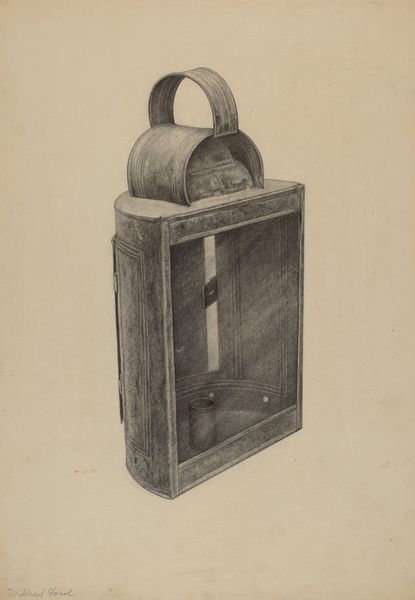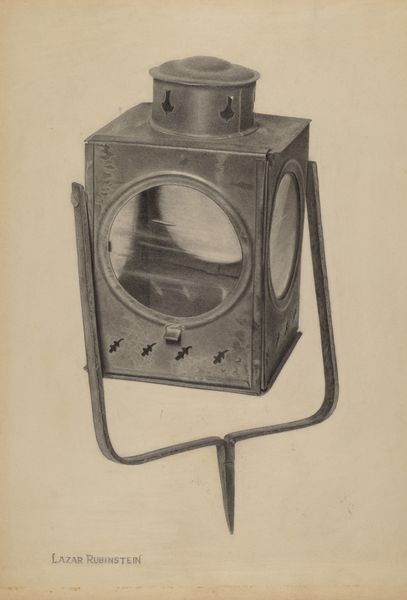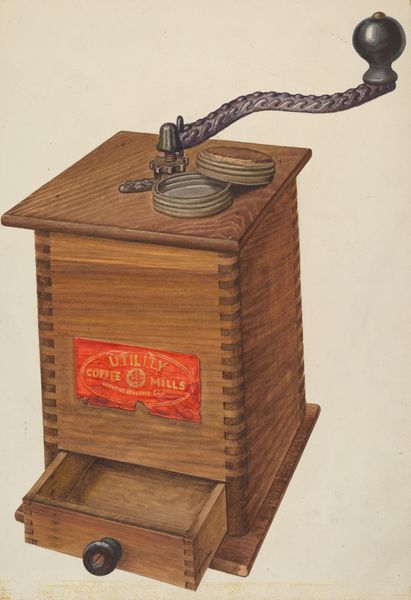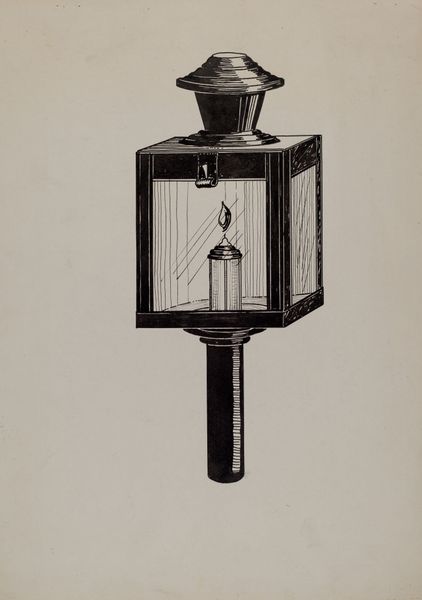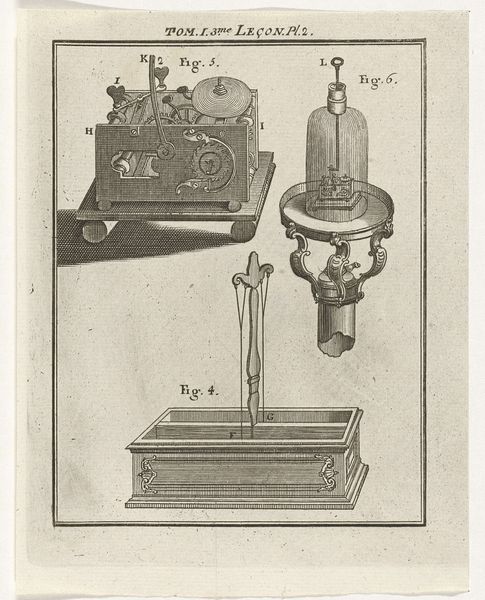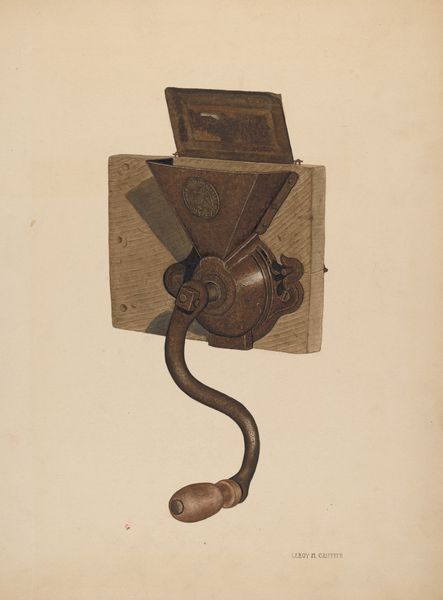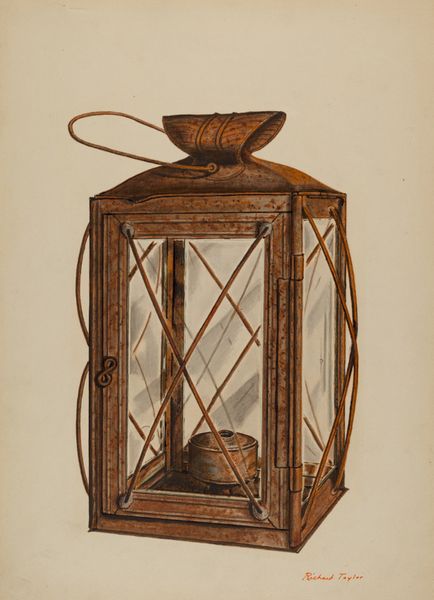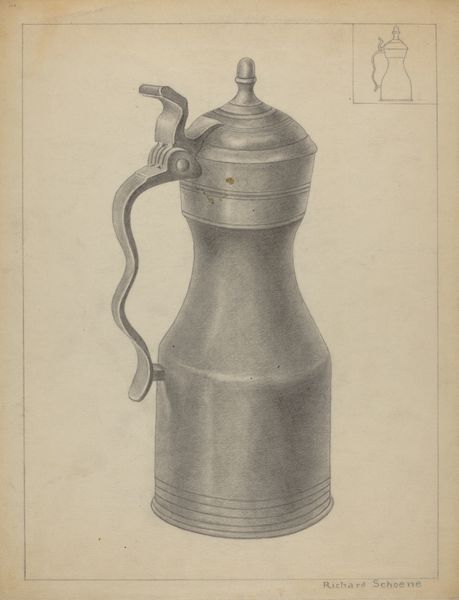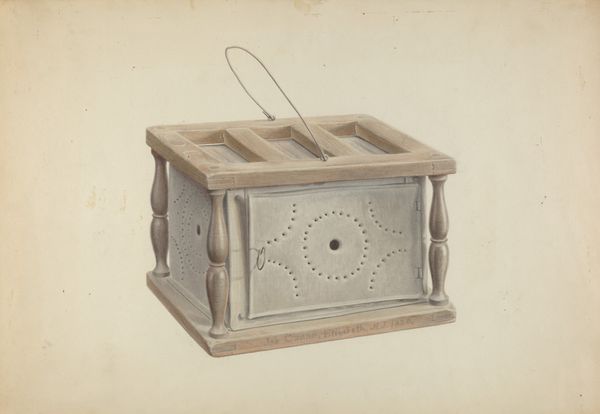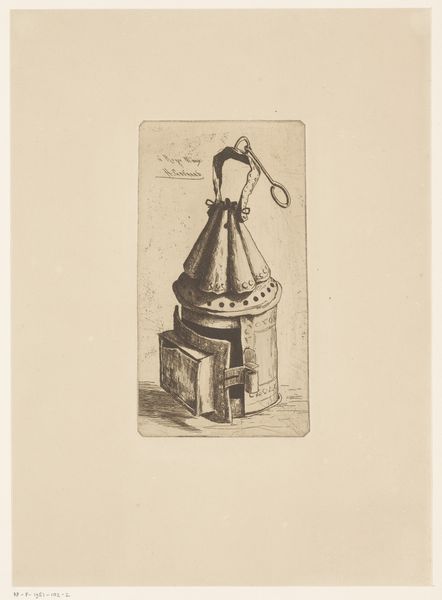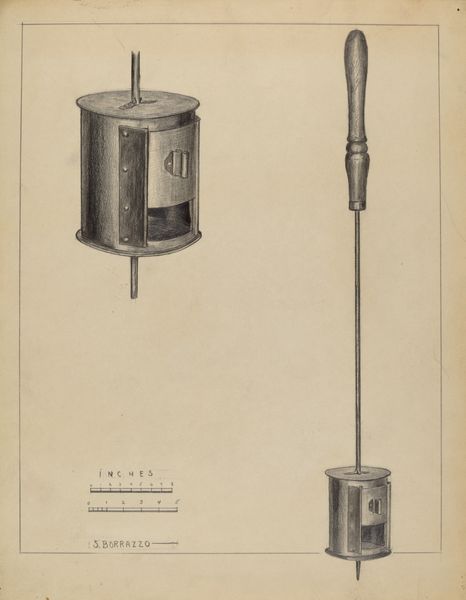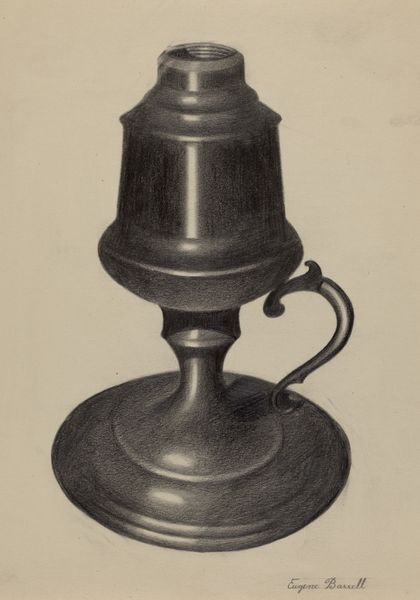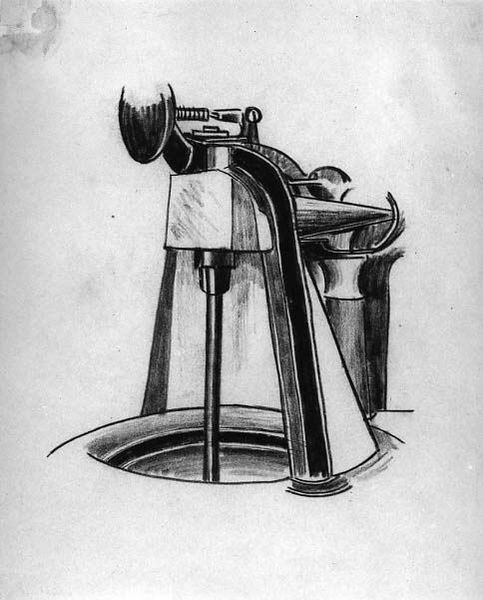
graphic-art, print, engraving
#
graphic-art
# print
#
engraving
Dimensions: height 92 mm, width 76 mm
Copyright: Rijks Museum: Open Domain
Curator: Right now, we're looking at Isaac Weissenbruch’s print called "Kompas," which scholars believe was created sometime between 1836 and 1912. Editor: It feels almost like a ghost image, stark yet solid—a Victorian-era navigational tool rendered with such precise, almost obsessive, detail. Curator: Yes, that's it exactly. Weissenbruch has chosen to depict something practical as a rather intricate engraving. Think about the process here: an engraver, presumably working from a manufactured object, translating the industrial into the artistic, if you will. It’s fascinating to consider that labor. Editor: Absolutely! The act of manually recreating this manufactured tool—all those lines and tiny details—makes it feel almost…human, vulnerable. One could argue this speaks to the pre-automation relationship people had to everyday tools, elevating a utilitarian object into a thing of contemplation. Curator: A contemplation of both utility *and* obsolescence, perhaps. Was it commissioned by the manufacturer as an advertisement? Is this object one that Weissenbruch encountered somewhere and sketched on a whim? Why make art of a compass? The 'why,' for me, really sets it adrift, you know? Like staring out at a foggy horizon, hoping for a lighthouse. Editor: Maybe the act of replicating the complexity is the point—understanding the tool through its construction. The choice of printmaking further abstracts labor through multiplication, ironically amplifying both art and manufacturing. In essence, the compass points us to these complex social structures. Curator: I love that. Thinking about where we were as a society during Weissenbruch’s time. Industrial advancements rapidly coming to the fore, how did the artist consider his place in the culture as well as that of manufactured objects? What path are the machines now guiding *us* on? Editor: In examining the materials, the printmaking, we see echoes of societal shifts, anxieties about progress. "Kompas" stops being about navigation, and starts to signal something much bigger than its materials. Curator: A quiet ripple effect of industry on the human condition, expressed by the artist’s patient hand—very compelling.
Comments
No comments
Be the first to comment and join the conversation on the ultimate creative platform.
